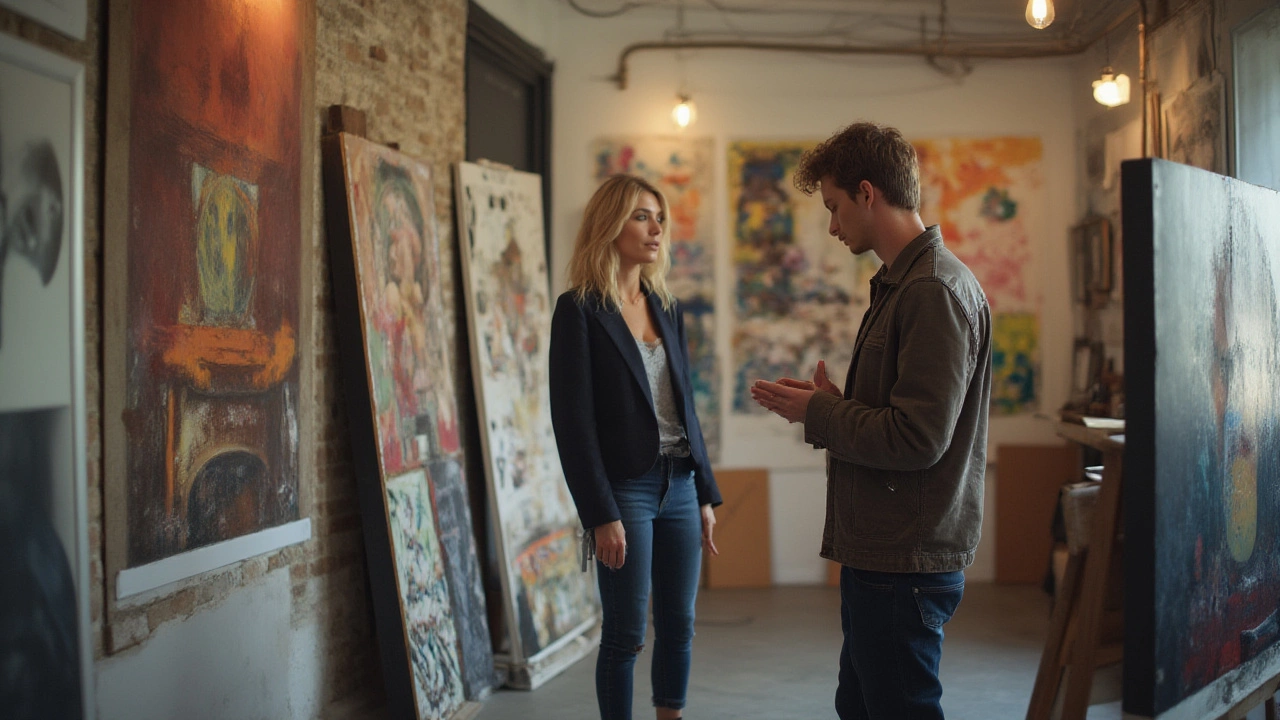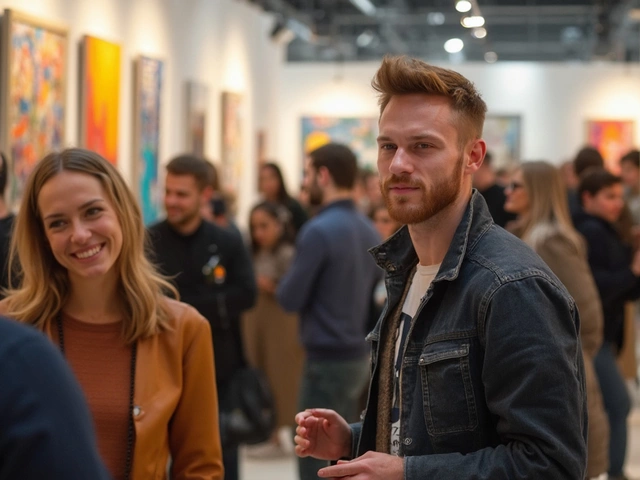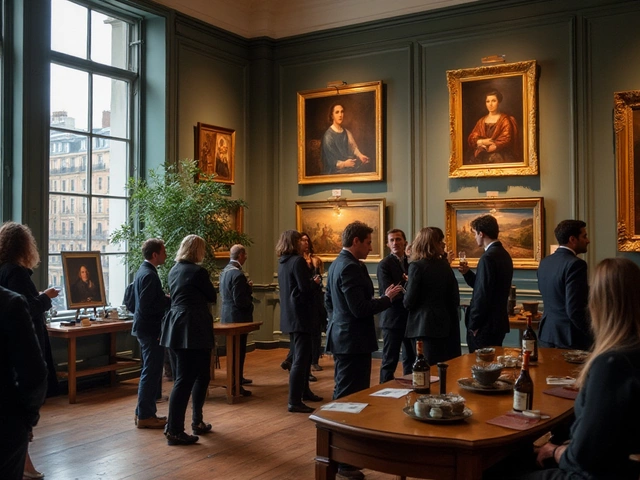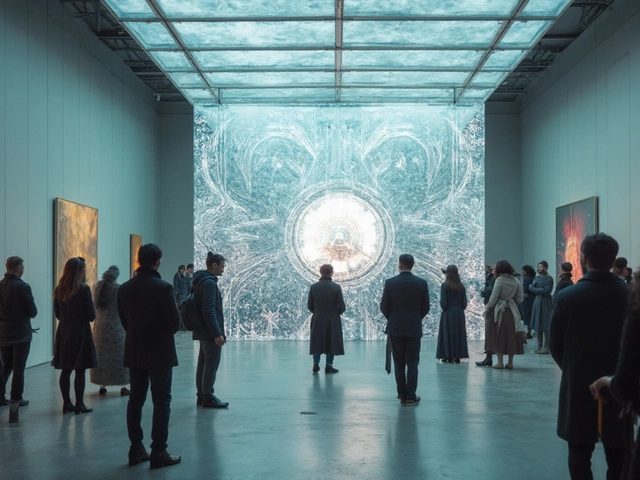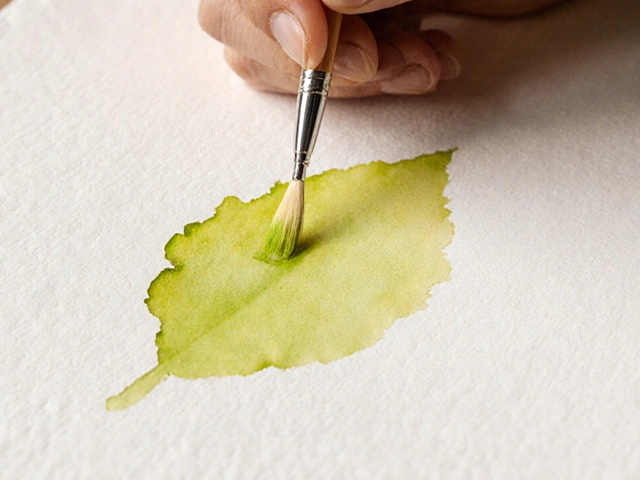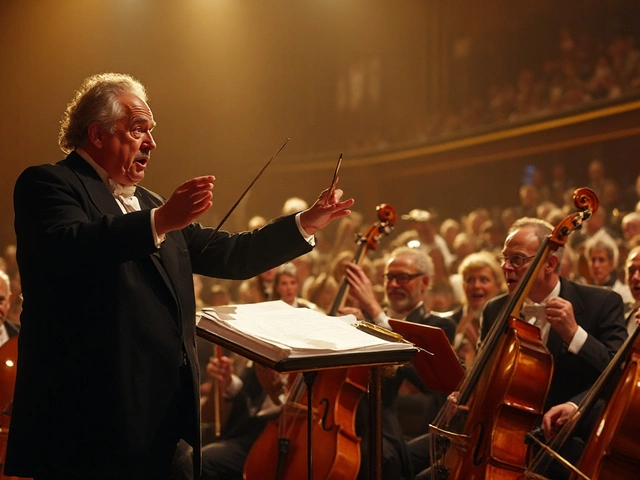Some folks claim fine art photography is a golden ticket. Others say only a lucky few make a dime. But who’s actually right? Far fewer photographers live off gallery sales than Instagram makes it seem. The real story is tangled up in side hustles, patron lists, patience, and a whole lot of noisy myth-busting. Want to know if you should quit your day job, or if it’s risky business? This is your deep dive into the truth.
Breaking Down the Fine Art Photography Market
The world of fine art photography looks flashy—gallery openings, glossy prints, even museum placements. Yet, scratch the surface, and you’ll find a scene that’s dramatically different from commercial or stock photography. For one, the buyer base is much smaller. Fewer collectors are interested in fine art photos rather than paintings or sculptures, simply because the perceived uniqueness can be less (thanks to the ease of reproduction) and the market is less mature. The 2024 Art Basel and UBS Art Market Report pointed out that fine art photography made up less than 5% of global art market sales, and within that, high-profile sales skew the numbers. Sure, Andreas Gursky sold a print for $4.3 million in 2011, but that’s not the norm. Most working art photographers see numbers that look a lot more modest.
Galleries are picky about who they represent. Many receive hundreds of submissions each year, but sign just one or two new talents. If you’re hoping a single exhibition will make you famous, think again. Mid-career fine art photographers often piece together livelihoods by juggling exhibitions, print runs, books, speaking gigs, and teaching workshops. Notably, a research survey by The Creative Independent in 2023 reported that fewer than 20% of their responding fine art photographers made over $10,000 a year directly from print sales. That doesn’t sound glamorous, but it’s honest. Also, the international reach of online marketplaces has shifted how photographs can be sold—but sales rates rarely match the hype.
Publication helps, but it rarely pays well unless you land a major cover or win a prestigious award. Even celebrated names like Cindy Sherman moved into commercial collaborations and licensing. Big collectors are usually after established names, portfolios with a cohesive style, and works backed by curators and critics. Want to go viral? It’ll help, but rarely translates into print sales without follow-up grind. The contemporary market rewards sustained branding, not flash-in-the-pan trends.
If you want to succeed, you’re not just making art. You’re also building a public persona, mastering marketing, and forging business skills most artists would rather avoid. Long-term relationships with galleries, regular social media presence, and clever direct sales to private collectors are what drive steady income. No easy shortcut, sadly.
How Fine Art Photographers Actually Make Money
Let’s get into the actual ways fine art photographers put money in the bank. A handful do it through big-name galleries and wealthy collectors. But for most, one word matters most: diversification. That means not relying on one channel to get you paid. Here’s what really happens on the ground.
First up—direct print sales. Some photographers run their own online shops, set prices, and keep a bigger chunk of sales than in gallery deals (where commissions eat up to 50%). High-end limited editions do fetch more per sale, but they’re harder to move—especially for newer names. For those just starting, open editions or affordable prints can sell better but with slimmer margins. Some do pop-up print fairs, local art walks, or collaborate with home decor retailers. But each method has its own hurdles—shipping, customer service, marketing, returns, all the unglamorous grunt work you rarely see spotlighted.
Workshops and teaching are big. A photographer with a well-known body of work can pull in hundreds (sometimes thousands) per day sharing techniques. This kind of side income can rival print sales, while keeping you connected to potential fans and buyers. But building an audience takes months (if not years), especially if you rely only on word-of-mouth. Think about photographers like Brooke Shaden, who pairs creative workshops with print runs.
Book publishing sounds artistic, but it’s rarely a ticket to riches. Many fine art photographers self-publish via Kickstarter or smaller presses because mainstream publishers take higher cuts. A well-produced book can serve as a portfolio, raising your profile. The profits? Slim—usually around $1–$5 per unit unless you go viral. Still, books add credibility, which can lead to more lucrative collaborations or project funding.
Gallery relationships remain important for building reputation, even if the payout isn’t huge early on. Some artists negotiate better commission rates, or sell unframed prints on the side; others build mailing lists from gallery visitors for future direct sales. Grants and sponsorships—often overlooked—can float major projects. The catch? They’re competitive and time-consuming to hunt down, but in countries with strong public arts funding (looking at you, Germany or Canada), they’re lifelines.
Commercial gigs and licensing are where many fine art photographers get their real financial cushion. You might shoot a fine art-inspired ad campaign, license images to publishers, or sell to hotels and offices needing decor. That work won’t always scratch your creative itch, but it pays for the next personal project. Creativity and a practical sense of which doors to knock on (and which to skip) will always be your best allies.
The so-called passive income from stock photography rarely moves the needle in art—buyers interested in wall-ready fine art usually want exclusivity. But a few savvy shooters make decent side money by reworking their archives for commercial licensing. Just don’t bet on it as your main paycheck.
Here’s a quote from the World Press Photo Foundation’s analysis on art photography economics:
"Only a fraction of fine art photographers make a substantial living from print sales alone. Success often relies on multiple streams: sales, commissions, teaching, and grants. It’s as much about entrepreneurship as artistry."
Connecting with collectors or even first-time buyers often means developing an authentic story: why you shoot what you do, what your work expresses, and how it might transform a space. It’s the narrative, not only the image, that justifies the price tag in a crowded market.
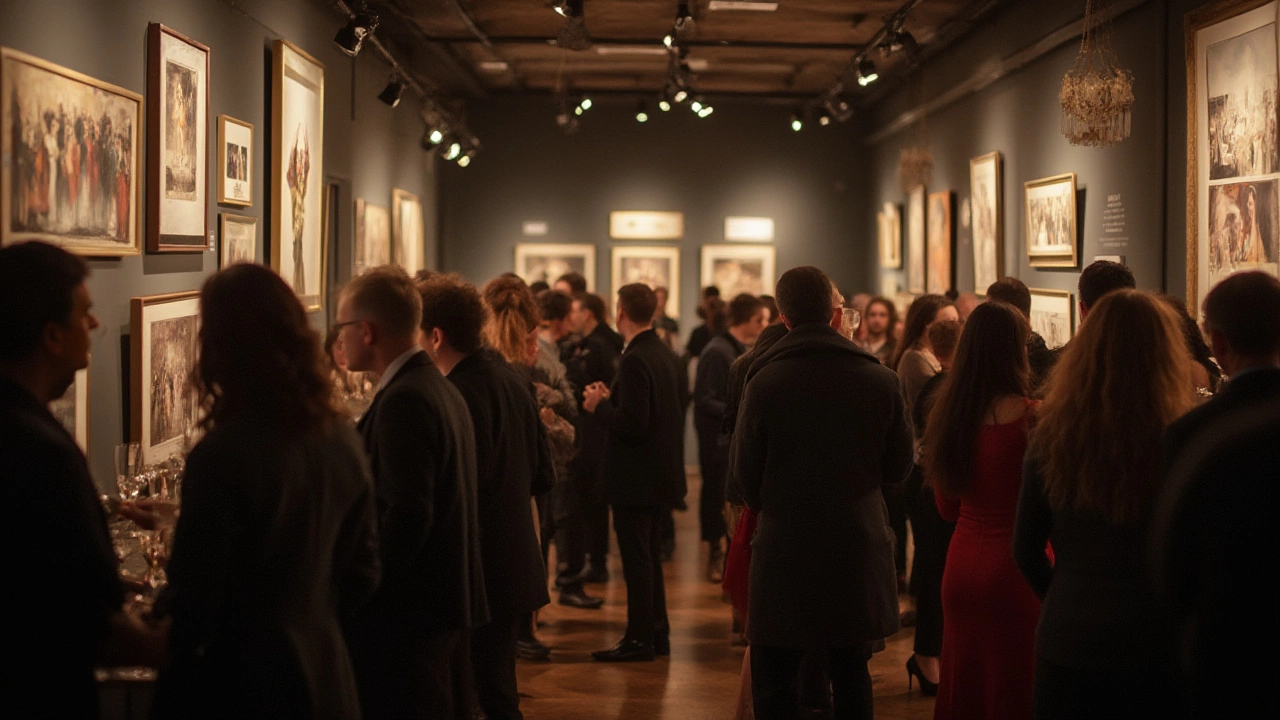
Biggest Myths About Fine Art Photography Income
Pop culture loves the starving artist story—or the opposite fantasy, where one lucky image pays for life. Reality, as always, is more nuanced. Let’s clear up the biggest myths around this world.
“If your work is good, you’ll get discovered.” Nope. Talent matters, but so does networking, self-promotion, and relentless persistence. Plenty of brilliant artists remain unknown, while some average ones rise through hustle and timing.
“Going viral guarantees sales.” Honestly? Viral exposure feels great, but printing, packaging, and shipping hundreds of orders is a logistical nightmare without systems in place. Even then, buyers may be more interested in likes than wallets, especially if your audience lives far from your sales platform or doesn’t see photography as a premium product.
“Galleries are waiting for your cold emails.” The vast majority of proposals end up ignored. Gallery owners like existing relationships, recommendations from trusted curators, or seeing you succeed independently before making contact. It’s not fair—it’s just how it is.
“Big-name photographers live off print sales alone.” The vast majority supplement with commercial work, collaborations, teaching, or licensing deals. They pick projects for money and projects for the portfolio—a mix that often overlaps but never fully merges. Fan favorites like Alec Soth or Nan Goldin often do commissioned projects or editorial shoots alongside their personal art to keep income stable.
“Instant success exists.” It doesn’t. Building collector trust and market momentum can take years. Some estimate a six- to ten-year climb to a sustainable career, assuming you always hustle, adapt, and keep producing new work.
The biggest myth? That selling prints online is a “side hustle anyone can do.” Most platforms (like Etsy or Fine Art America) are saturated. Without targeted marketing, standout branding, and email list nurturing, even amazing work can drown in the noise. Algorithms alone won’t do the job for you.
No-Nonsense Tips for Turning Art Photography into Income
First thing: treat your photo career like a small business, not just an art project. Separate finances, track expenses, and set income goals. If you don’t know what you need to earn, it’s hard to plan sales or projects. Look at what works best for you—limited runs, books, direct commissions—and double down.
Regular contact with your collector or fan list pays off over time. A well-crafted e-newsletter is worth gold in this niche, because people buy from artists they trust. Focus your outreach on those who love your story and style, not just your photos. Talk about your process, your inspiration. Be human—not a faceless “brand.”
Collaborate with other creatives and brands. Whether it’s a clothing line or a local café featuring your work, each partnership exposes you to new customers. Try group exhibitions to split costs and build cross-collector interest. Don’t underestimate local venues—small shows in coffee shops often lead to jobs or new collectors, even if sales start modest.
Keep your portfolio tight and consistent, both in style and quality. Buyers want to know your signature look. Scattershot portfolios lose attention fast. And always provide a pricelist with clear editions and sizes—transparency builds confidence.
- Meet deadlines and deliver what you promise. Reputation matters double here.
- Ask for testimonials and permission to share buyer stories—it fosters trust.
- Use archival materials (think museum-grade paper and inks) to set your work apart. It’s a selling point for serious buyers.
- Price work where demand is, not where you wish it was. Start practical, then gradually increase as demand rises.
Leverage grants and competitions. The process can be grueling, but even shortlists or runner-up spots add credibility and may boost future sales. For those just starting, free or low-cost group shows give valuable feedback; the positive (or negative) response helps refine your art—and marketing—for real buyers.
Last, take care of the business end: copyright, contracts, safe packaging, clear digital files. Professionalism means your collectors come back, recommend you, and trust the value of your prints. It’s not glamorous—but it’s what makes fine art photography more than a hobby.
